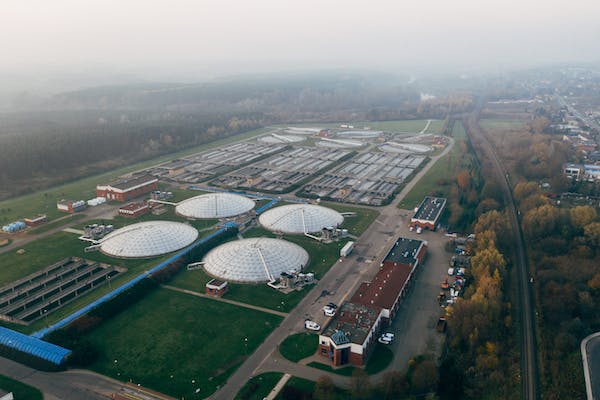Infrastructure and Transportation in the Mining Industry
Infrastructure and transportation are fundamental pillars of the mining industry, supporting the efficient movement of raw materials, equipment, and personnel across vast and often remote locations.
Infrastructure Development: Mining operations require robust infrastructure, including roads, railways, ports, and power facilities, to support exploration, extraction, and processing activities. Investment in infrastructure not only improves operational efficiency but also enhances safety and environmental compliance.
Transportation Networks: Effective transportation networks are essential for connecting mining sites to processing plants, ports, and distribution centers. Various modes of transport, such as trucks, trains, ships, and pipelines, are utilized based on factors like distance, volume, and terrain conditions.
Key Aspects of Infrastructure and Transportation in Mining:
Logistics Planning: Efficient logistics planning involves optimizing routes, scheduling deliveries, and managing inventory to minimize downtime and reduce costs. Advanced logistics software and technologies facilitate real-time tracking, inventory management, and supply chain visibility.
Supply Chain Resilience: Building resilient supply chains is crucial for mitigating disruptions due to natural disasters, geopolitical events, or market fluctuations. Diversifying transportation routes, maintaining strategic inventories, and implementing contingency plans are strategies to enhance resilience.
Environmental Considerations: Sustainable infrastructure and transportation practices are increasingly prioritized in the mining industry. This includes using eco-friendly fuels, implementing emission reduction measures, and minimizing ecological impacts during infrastructure development and transportation operations.
Technology Integration: Integration of technologies such as GPS tracking, autonomous vehicles, IoT sensors, and predictive analytics optimizes transportation efficiency, safety, and asset utilization. Automation in material handling and logistics streamlines processes and reduces human intervention.
Challenges and Innovations: Challenges in infrastructure and transportation for mining include rugged terrains, remote locations, regulatory compliance, and cost management. Innovations such as drone technology for site surveys, modular infrastructure solutions, and blockchain-based logistics platforms are revolutionizing the industry.
Future Trends and Opportunities: The future of infrastructure and transportation in mining is shaped by trends like digitalization, electrification of fleets, renewable energy adoption, and collaborative logistics models. Strategic partnerships with infrastructure developers, logistics providers, and technology companies are key to unlocking new opportunities and optimizing resource utilization.
Conclusion: Infrastructure and transportation form the backbone of efficient mining operations, facilitating the movement of resources from extraction sites to market destinations. Embracing technological advancements, sustainable practices, and strategic partnerships are essential for the mining industry to navigate challenges, enhance operational efficiency, and contribute to sustainable development.







